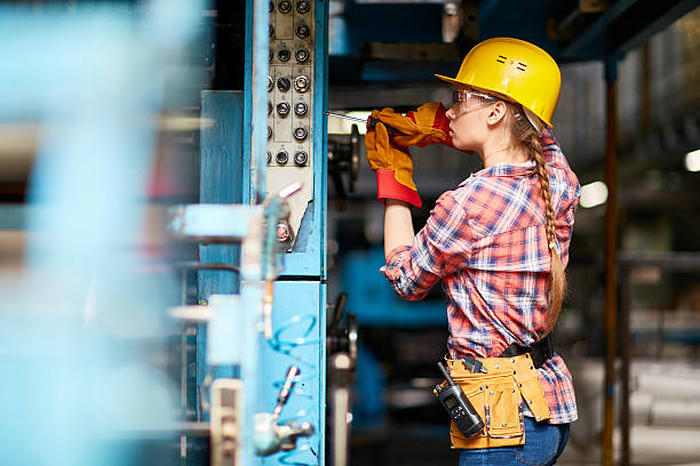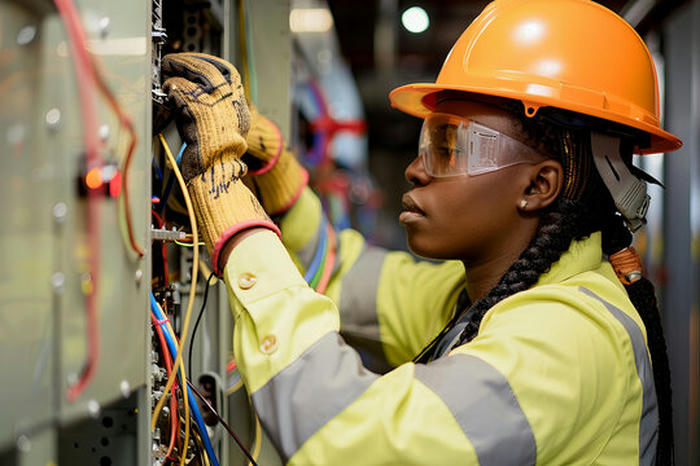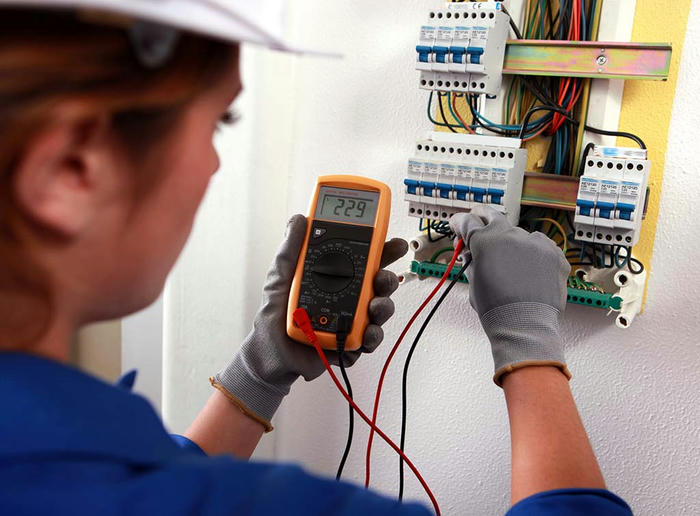New Changes in the Electrical Industry: Female Electricians Inject Vitality Into the Industry
The electrical industry, long dominated by male workers, is undergoing a quiet revolution. As global demand for skilled electricians surges—driven by renewable energy projects, smart home technology, and aging infrastructure—employers are increasingly turning to a historically underrepresented group: women. Today, female electricians are not only bridging labor gaps but also reshaping workplace culture and innovation. With competitive salaries, job security, and evolving benefits, the trade offers a compelling career path for those ready to challenge stereotypes.
Why the Electrical Industry Remains a Popular Career Choice
The electrical trade has consistently ranked among the most stable and lucrative skilled professions. In the United States, the median annual wage for electricians exceeds $60,000, with experienced professionals earning over $100,000 in high-demand regions. Job security is reinforced by a 6% projected growth in employment through 2032, fueled by green energy initiatives and infrastructure modernization.
Flexibility adds to the appeal. Electricians can choose freelance, project-based, or full-time roles, adapting work hours to personal needs. Certifications also transfer seamlessly across sectors, from residential wiring to industrial automation, ensuring long-term career adaptability.

Gender Dynamics in the Electrical Trade
Despite these advantages, women remain a minority in the field. Globally, females constitute just 2-5% of electricians, a disparity rooted in cultural stereotypes and perceived physical demands. Historically, vocational programs and apprenticeships lacked outreach to women, perpetuating a cycle of underrepresentation.
However, trends are shifting. Enrollment of women in electrical training programs has risen by 15% in the past five years, according to the National Electrical Contractors Association (NECA). Countries like Sweden and Canada report even higher growth, with female participation nearing 10%, signaling a gradual but meaningful cultural shift.
Why Female Electricians Are Needed Now More Than Ever
Diversity is proving to be a catalyst for innovation. Studies by McKinsey & Company reveal that gender-diverse teams outperform homogeneous ones by 25% in problem-solving tasks. In the electrical sector, women bring fresh perspectives to customer service, safety protocols, and project management.
Labor shortages further underscore the need for inclusivity. An estimated 80,000 electricians are needed annually in the U.S. alone to meet demand, a gap exacerbated by retiring workers. Tapping into underrepresented talent pools isn’t just progressive—it’s pragmatic.
Employers also recognize alignment with Environmental, Social, and Governance (ESG) goals. Companies like Siemens and Schneider Electric have launched initiatives to recruit and retain women, linking diversity to corporate reputation and investor confidence.

Essential Benefits to Support Female Electricians
To attract and retain women, the industry must address systemic barriers. Key benefits include:
Ergonomic Tools: Lightweight harnesses and adjustable ladders designed for diverse body types reduce physical strain.
Flexible Schedules: Accommodating part-time roles or staggered hours helps balance caregiving responsibilities.
Mentorship Networks: Organizations like Women in NECA connect novices with seasoned professionals for guidance.
Safe Workspaces: Zero-tolerance policies for discrimination, paired with anonymous reporting systems, foster inclusive environments.
Career Pathways: Clear trajectories to roles like project manager or business owner ensure long-term growth.

How Women Can Enter the Electrical Trade
Education & Training: Vocational schools and apprenticeships provide foundational skills. Programs like the Independent Electrical Contractors (IEC) offer hybrid learning, blending classroom instruction with hands-on experience.
Certification: Licensing requirements vary by region, but most jurisdictions mandate passing exams (e.g., journeyman or master electrician) after completing apprenticeship hours.
Networking: Joining industry groups, such as the International Brotherhood of Electrical Workers (IBEW), opens doors to job opportunities and peer support.
Advocacy: Campaigns like “Breaking the Circuit” challenge stereotypes by showcasing female electricians in schools and media.
Case Studies
Case 1: Solar Innovation in Germany
Anna Weber, a former automotive engineer, transitioned to the electrical trade in 2018. After certifying in photovoltaic systems, she launched a solar installation startup in Berlin. Today, her company employs a workforce that’s 50% female, specializing in energy-efficient solutions for urban housing. “Diverse teams design better systems,” she notes. “Clients trust us because we mirror their communities.”
Case 2: U.S. Apprenticeship Success
A Midwestern apprenticeship program partnered with local governments to offer childcare subsidies and flexible hours, resulting in a 300% increase in female enrollment since 2020. Graduates now fill critical roles in wind farm installations, earning 30% more than the regional average.
Future Outlook
Technology is democratizing access to the trade. Augmented reality (AR) tools now simulate wiring scenarios, while AI-driven platforms tailor training to individual learning paces. Policy shifts are equally transformative: Canada’s Women in Construction Fund allocates $10 million annually to recruit women into trades, while the EU’s Green Deal prioritizes gender equity in energy jobs.
Globally, female electricians are leading sustainable projects, from off-grid solar installations in Kenya to smart grid upgrades in Japan. Their contributions underscore a universal truth: diversity isn’t just equitable—it’s essential for progress.
Conclusion
The electrical industry’s future shines brighter with the inclusion of women. By dismantling barriers and embracing diversity, employers can address labor shortages while fostering innovation. For women considering the trade, the path is clearer than ever—certifications, supportive networks, and evolving workplace benefits await. As the world transitions to renewable energy and smarter infrastructure, female electricians are not just joining the industry; they’re powering its evolution.
